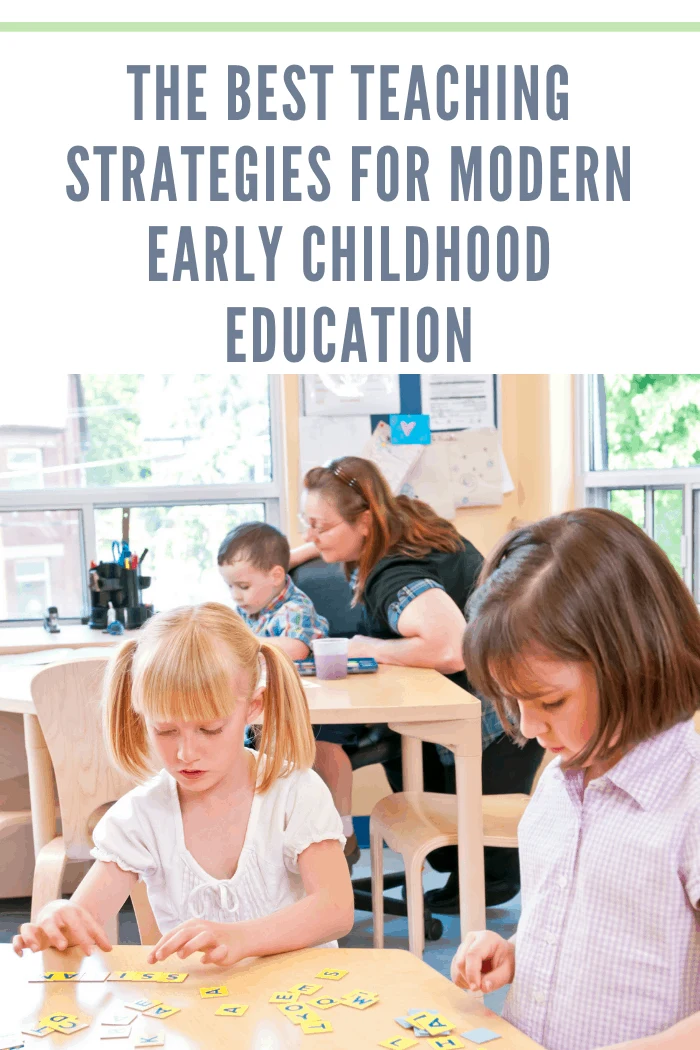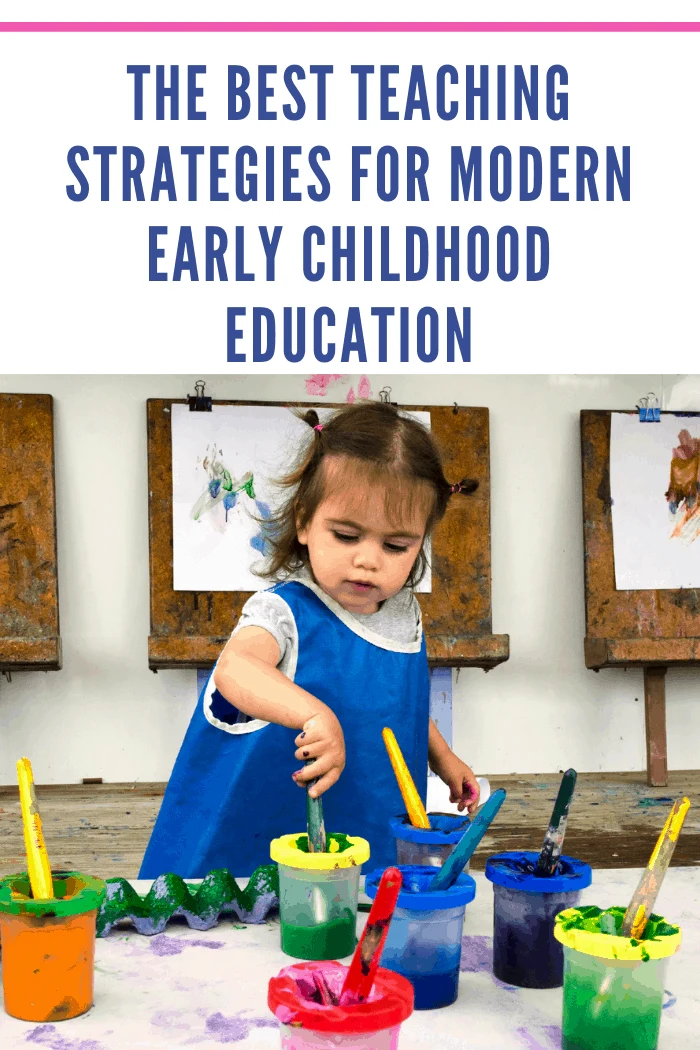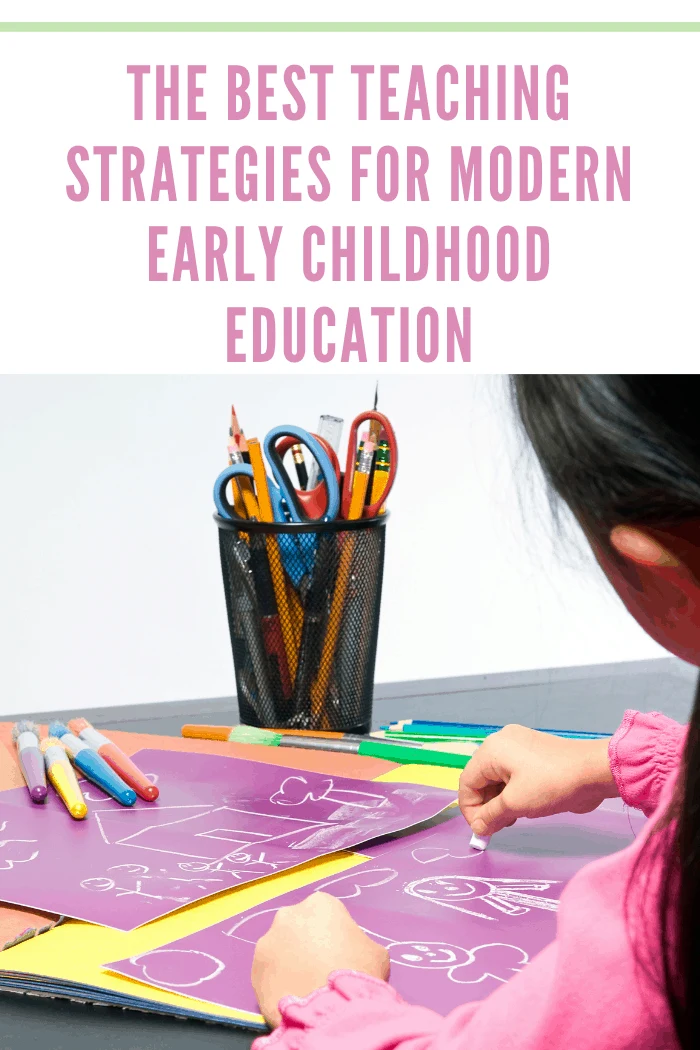As times evolve and the understanding of human nature develops it becomes inevitable that traditional methods are no longer applicable in the same way. This is especially true when looking at early childhood education.
Their World says research has now shown that young children soak up information much better than at any other time in their lives. The trick is on knowing the best teaching strategies to allow children to make the most of this gift and the education available.
You’ll find that most modern early childhood education centers, such as this early learning lower north shore, are focused on modern strategies.
Here are some of the best ones currently being used:

Integrating Technology
We live in a digital world. There is little doubt that computers, the internet, and other technology will feature heavily in the life of your children as they mature.
For this reason, it is essential that early learning centers adopt an integrated approach to education.
Children as young as 3 or 4 are already capable of using the internet and other electronic devices.
By the time they are 10, they are better at using this technology than most of their teachers.
Early learning education strategies embrace this and integrate technology into daily life (Forbes), allowing the children to become conversant with it and even advance their understanding in the future.
Co-Operatives
The days when a teacher stood at the front of the class and spoke for an entire lesson are gone.
Modern teaching strategies recognize the importance of involvement.
New programs focus on the students.
This type of approach encourages interaction between students, building relationships, helping decision-making, and improving confidence.

Goal Setting
Another modern approach is to set goals.
The aim is for children to be aware of where they need to be and become the owners of their own learning.
While a teacher will be there to guide them through the process, taking control is a useful skill for children to build.
It encourages self-confidence and discipline, useful properties in adult life.
Cross-Curriculum
In the past, each subject was taught individually.
However, the world is not a place of isolation.
Everything interacts in different zones.
Teaching is recognizing and embracing this.
The emphasis is on teaching multiple subjects at the same time.
This encourages children to see how all these things fit into the world around them.
It’s often done by creating projects.
These projects touch on several subjects, allowing children to learn as they create and understand.

Assessment
This approach should be used alongside other strategies. It encourages the teacher to collect data on the student and their progress. By doing so they’ll be able to identify areas of weakness and improve the child’s knowledge and understanding.
There is no right or wrong way to teach, providing education specialists with to understand the power of the human mind and how early childhood education can be beneficial. Adopting the best strategy for individual students will help to ensure that every student reaches their potential and actually enjoys the learning process.
